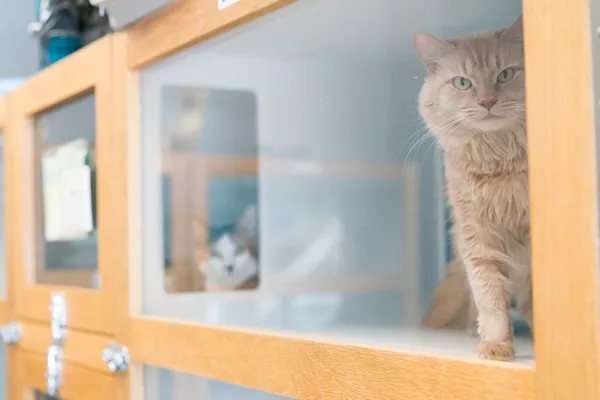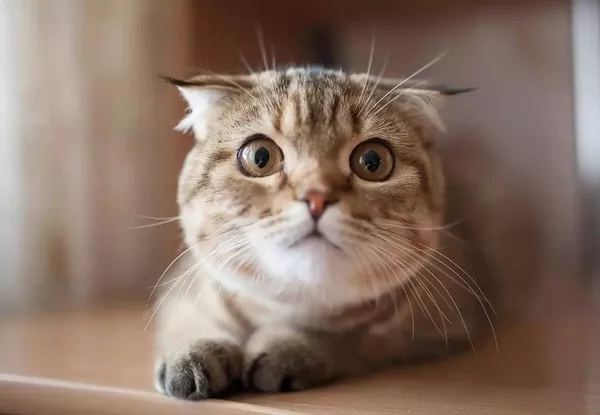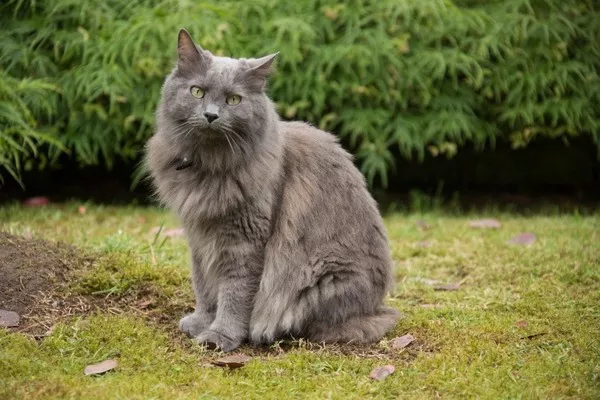Calico cats, with their distinctive tri-colored coats, are a mesmerizing sight. Pet owners often find themselves eagerly anticipating the moment when their Calico cat transforms into a ball of fluffiness. In this article, we’ll explore the factors influencing the fluffiness of Calico cats and provide insights into when you can expect your feline friend to achieve that irresistibly fluffy appearance.
Understanding the Calico Cat
Calico cats, characterized by their vibrant mix of white, black, and orange fur, boast a unique genetic makeup. The term “Calico” primarily refers to the cat’s coat color pattern rather than a specific breed. These felines can belong to various breeds, such as the American Shorthair, Persian, or Maine Coon. The intricate blend of colors in a Calico cat’s coat is a result of genetic variations, making each cat’s pattern truly one of a kind.
The Fluffy Factor in Calico Cats
When it comes to the fluffiness of Calico cats, several factors come into play. Fur length, density, and texture are influenced by genetics, age, and overall health. While some Calico cats naturally have fluffier coats from an early age, others may take some time to achieve that plush appearance. Let’s delve into the key considerations that determine when your Calico cat will get extra fluffy.
Genetic Predisposition
Calico cats inherit their coat patterns and characteristics from their parents. The genetic makeup of the cat, influenced by the breeds in its lineage, plays a crucial role in determining the length and fluffiness of its fur. If both parent cats have a dense and fluffy coat, there’s a higher likelihood that the Calico offspring will also develop a similarly lush fur coat.
Early Fluffiness Indicators
Calico kittens often exhibit certain signs that can hint at their future fluffiness. Observing the kitten‘s fur texture and density during the initial weeks can provide insights into whether your Calico cat will grow up to be particularly fluffy. However, it’s important to note that individual variations can occur, and some Calico cats may surprise their owners by developing a fluffier coat later on.
The Role of Age in Fluff Development
Patience is key when awaiting your Calico cat’s fluffiness to fully manifest. Like humans, cats undergo distinct developmental stages, and their fur may change over time. While Calico kittens may be born with a soft and fine coat, the fluffiness often intensifies as they reach adulthood. It’s not uncommon for Calico cats to experience a noticeable increase in fur volume and density during the first couple of years of their lives.
Nutrition and Health Impact
A Calico cat’s diet and overall health significantly contribute to the quality and fluffiness of its coat. Proper nutrition ensures that the cat receives essential vitamins and minerals necessary for maintaining a healthy coat. Omega-3 fatty acids, for example, play a crucial role in promoting coat shine and softness. Regular veterinary check-ups can help address any health issues that might impact your Calico cat’s fur condition, ensuring optimal fluffiness.
Environmental Influences
The environment in which your Calico cat lives also affects its fur quality. Indoor cats, shielded from harsh weather conditions and external factors, may maintain a softer and fluffier coat. On the other hand, outdoor cats might encounter environmental stressors that could impact the texture and appearance of their fur. Providing a comfortable and stress-free living environment can contribute to the overall fluffiness of your Calico companion.
Grooming Practices
Regular grooming is essential for maintaining a Calico cat’s fluffiness. Brushing helps remove loose fur, prevents matting, and stimulates the production of natural oils that contribute to a glossy and plush coat. The frequency of grooming sessions depends on your cat’s individual needs, but a consistent grooming routine can enhance the fluffiness of your Calico cat’s fur.
Seasonal Shedding and Fluffiness
Calico cats, like many other breeds, experience seasonal shedding. The transition between seasons can influence the thickness and fluffiness of their coat. During the colder months, Calico cats might develop a denser fur layer as a natural response to temperature changes. Understanding your cat’s seasonal shedding patterns can give you valuable insights into when to expect peak fluffiness.
Final Fluffiness Determinants
The final fluffiness of your Calico cat may also be influenced by external factors such as spaying or neutering. Some cat owners observe changes in their cat’s fur texture after these procedures. Additionally, the overall well-being of your cat, including mental and emotional health, can impact its coat quality. A happy and stress-free Calico cat is more likely to exhibit a luxuriously fluffy coat.
Conclusion
In conclusion, the fluffiness of your Calico cat is a delightful aspect that adds to the charm of these unique felines. While genetics, age, and health play significant roles, it’s crucial to appreciate the individuality of each Calico cat. By providing proper care, nutrition, and grooming, you can contribute to the development of a wonderfully fluffy coat that will make your Calico companion even more irresistible. So, cherish the journey as your Calico cat gradually unveils its full fluffiness potential, creating a bond that is as soft and warm as its luxurious coat.
Related Topics:
Decoding the Affection: Why Does My Calico Cat Lick Me?
Understanding Why Your Calico Cat is Turning Darker
Breeding Strategies for Calico Cats

























